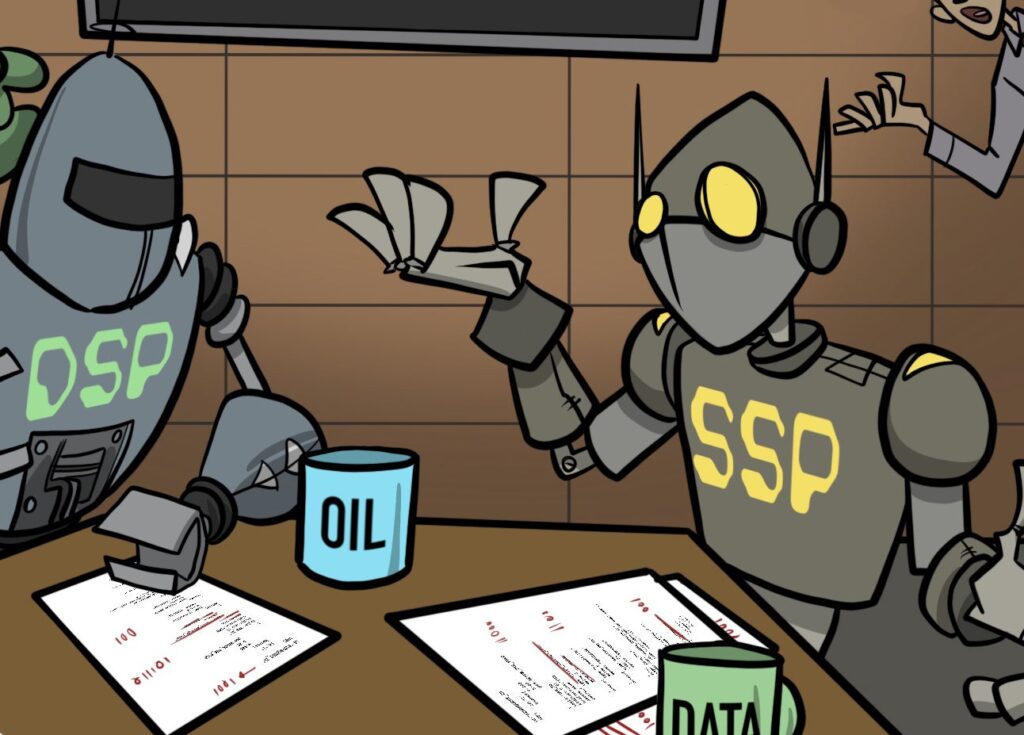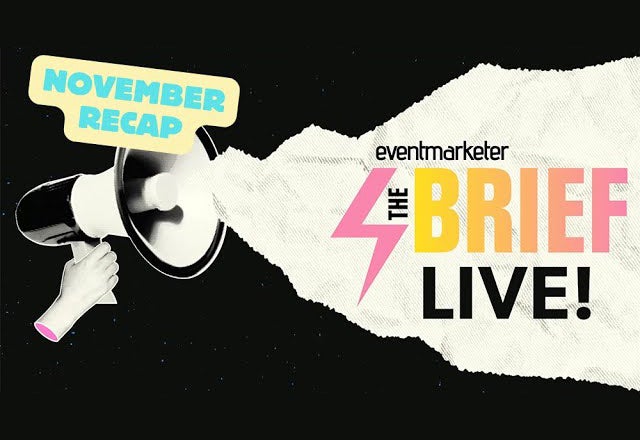Everybody talks about brand identity. But while it’s a great concept, too often that’s what it stays – a concept without follow-through. Could it be that establishing a brand – not just a memorably cool one but one with lasting power – is no easy task? You bet.
But don’t despair. Here are some meaningful little tactics that oblige both marketing folks and consumers. I’ve dubbed them ear bites and eye bites. They’re the “advertising lint” that sticks to you and won’t go away, like that jingle you heard days ago that’s still rattling around in your head.
You know these “bites” really work because somewhere along the way one got to you and you never forgot it. Try saying Tony the Tiger without hearing that booming “Grrrrrreat!” in the background. Can’t be done.
Tony did have a problem, though; many people don’t remember the brand he was hollering about – Kellogg’s Sugar Frosted Flakes.
Symbols and characters are undoubtedly fun to create and can give tangible life to a brand, but make sure they reinforce the company’s image and fit in with its strategy. Get the strategy tied down first and then start thinking about how eye bites and ear bites can help to build the brand.
If I said black-and-white cow spots on a carton, I doubt you would think milk. Gateway has used its distinctive cow pattern, and the color green in all its type, to create successful eye bites.
Even though most readers of DIRECT don’t buy waste absorption products, most catalogers have heard of New Pig. These folks are smart marketers and use eye bites by the handful. There’s the pig mascot running throughout the catalog, the 1-800-Hot-Hogs phone number, plus all kinds of pig paraphernalia giveaways.
The Viking Office Products catalog wouldn’t be the same without a picture of Irwin Helford on the cover; neither would Tiffany’s without its turquoise gift boxes. Many catalogers have great-looking gift wrap, but are their images so strong they can be used as eye bites? Sounds like an opportunity to me.
Mascots are probably the most common eye bite, but color reinforced at every turn can become one, too. Who doesn’t see blue when they think of IBM, or green when they think of John Deere? And Nike has that “swoosh” logo on every pair of shoes, its retail store signs and its advertisements. A little-known fact: The company paid only $35 for that famous design!
These examples illustrate that eye bites are at home in more places than just the catalog itself. J.C. Penney has come up with what I think is a brilliant tactic – a Penney Privilege sticker that can be put on your existing credit card. Every time you reach for your Visa, MasterCard or J.C. Penney card there is that little sticker reminding you of Penney’s. Since the sticker goes on any credit card, the retailer doesn’t have to persuade customers to apply for yet another credit card to get this everyday reminder into their wallets.
With direct marketers turning to the Web like lemmings to the sea, we have another opportunity – sound. One of the sound bites that has never left my memory is a Candie’s shoes commercial from the ’70s. It got your attention with the irritating noise of a phone off the hook blasting away during the commercial. I still can’t hear this sound without thinking of Candie’s.
Then there’s the Meow Mix commercial, with its ubiquitous “meow, meow, meow, meow” cat chorus. Another example is the happy giggle provoked by pressing the Pillsbury Doughboy’s tummy. Online, the Doughboy says “hello” when you click on his tummy.
America Online was the first company I know of to create an unforgettable sound online, greeting users with “Welcome” and “You’ve got mail.” Why is it that very few others use the Internet to actually speak to consumers when they log on? Why aren’t we announcing our sites, our tag lines or our specials – or an unforgettable ear bite – when the consumer logs on? If some find it annoying, they will simply turn off the sound. But for those who like such things, it’s another opportunity to reinforce a distinctive message.
It’s easier to associate a company with eye and ear bites if the latter are tied to the company’s name. The August issue of Attache notes examples like the Morton Salt Girl, The Michelin Man, the Gerber Baby, the NBC Peacock and the Prudential Rock.
But one company comes to mind that never needed to associate what it did or represented with what it actually was – Apple.
While the firm may have had its ups and downs, the colorful apple always meant computer; it didn’t need to say Apple Computer. Say Apple and everyone in our world knows exactly who you mean and what Apple sells. That’s one strong eye bite.
Some might say that Apple’s symbol is a logo, not an eye bite. But while eye bites are certainly more than logos, Apple has transformed itself beyond just being a logo and can even be used as an eye bite by the competition.
In an IBM catalog several years ago, the prop sitting on top of an IBM modem was an apple – and since I was working on the catalog at the time I can tell you it wasn’t there for size relationship. It was a subtle, humorous jab at a competitor. (What do you think – did we or did we not show the apple with a bite taken out of it?)
Not too long ago, one of the greats in advertising and marketing died. David Ogilvy knew the power of eye bites, even if they weren’t called that then, when he came up with the advertising concept for Hathaway shirts. Here was an image – a model wearing an eye patch – that forever identified his client’s name with it.
Eye bites are much more than icons or symbols. They are tantalizers that lodge in your brain and make you read the copy again, view the layout more carefully, subconsciously hum the tune. They are tools that help consumers identify – and yes, desire – the brand.



